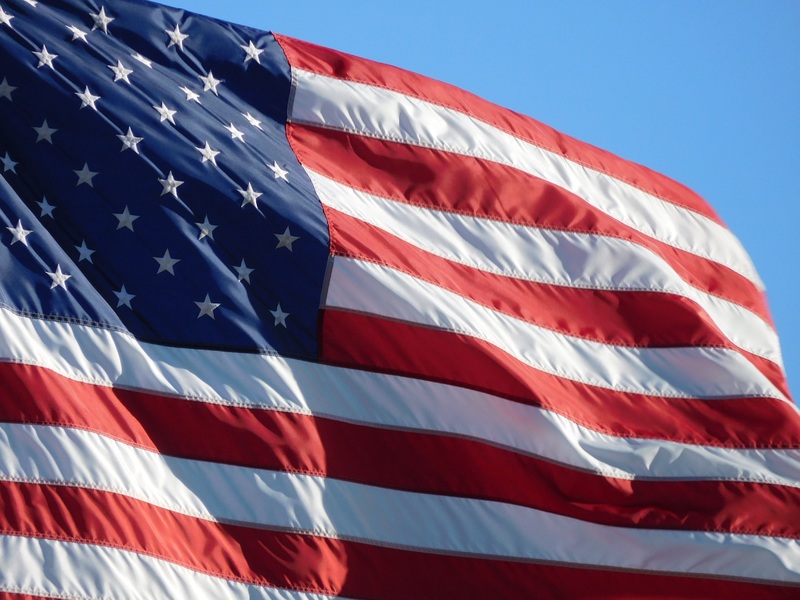Italy’s State-Owned Bank Trials Digital Bonds on Polygon Blockchain
The European Central Bank initiated the trial to explore how blockchains can enhance central bank settlement.

The Vice-Chair of the United States Federal Reserve Lael Brainard has commented on the potential for a Central Bank Digital Currency (CBDC) and traditional finance working hand-in-hand in a written statement ahead of the Financial Services Committee’s virtual hearing, which was held earlier this week.
The statement, titled “On the Benefits and Risks of a U.S. Central Bank Digital Currency (CBDC)” highlights the potential use-cases a CBDC might serve in the economy, pointing out the benefits a national cryptocurrency can offer.
Brainard indicated the increase in attention the cryptocurrency, blockchain and digital finance space has received:
“There has been explosive growth in an emergent digital financial system built around new digital assets and facilitated by crypto-asset platforms and stablecoins as settlement assets.”
As part of her statement, Brainard pointed out the need for clear regulation and legislation in order to protect investors and consumers, as well as to “protect financial stability, and ensure a level playing field for competition and innovation across the financial system.” As part of this, she noted the importance of making plans to regulate the space; noting that there is a risk in “not acting” as much as there are risks involved in acting. To this effect, she also noted that stablecoins (cryptocurrency tokens pegged to a national currency at a 1:1 ratio) can work together with commercial banks to create a safe system in the digital financial space. Looking at the risk of private money as part of the economy, Brainard indicated that a digital future of a stable economy relies on central and commercial banks looking to integrate into the digital space collectively; rather than relying on private digital currencies (such as cryptocurrencies like Bitcoin and Ethereum or other stablecoins) to offer consumers digital assets.
She said:
“In addition, if private monies—in the form of either stablecoins or cryptocurrencies—were to become widespread, we could see fragmentation of the U.S. payment system into so-called walled gardens. In some future circumstances, CBDC could coexist with and be complementary to stablecoins and commercial bank money by providing a safe central bank liability in the digital financial ecosystem, much like cash currently coexists with commercial bank money.”
The Vice-Chair also added that there is massive potential in the economy with a CBDC to allow international payments and cross-border transactions. With the dollar widely used in international payments and investments, the United States would benefit from a digital currency to cut down costs and delays in transactions for United States citizens, businesses, and governmental departments.
She concluded that there a Central Bank Digital Currency that would best serve the economy would be able to offer privacy, be easy to transact, and maintain identity verification.
The European Central Bank initiated the trial to explore how blockchains can enhance central bank settlement.
n recent months, inflation measures, including the Consumer Price Index and Personal Consumption Expenditures Index, have moderated.
BlockFi clients are to note that client communications will exclusively occur through official email channels.
CryptoQuant CEO says Bitcoin is still vulnerable to “speculative FUDs,” giving smart money a way to buy up cheap BTC.